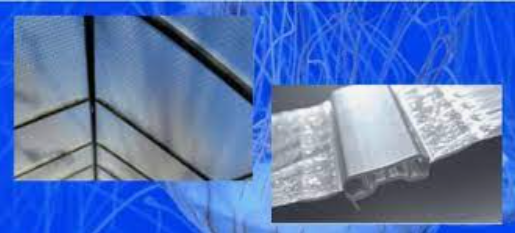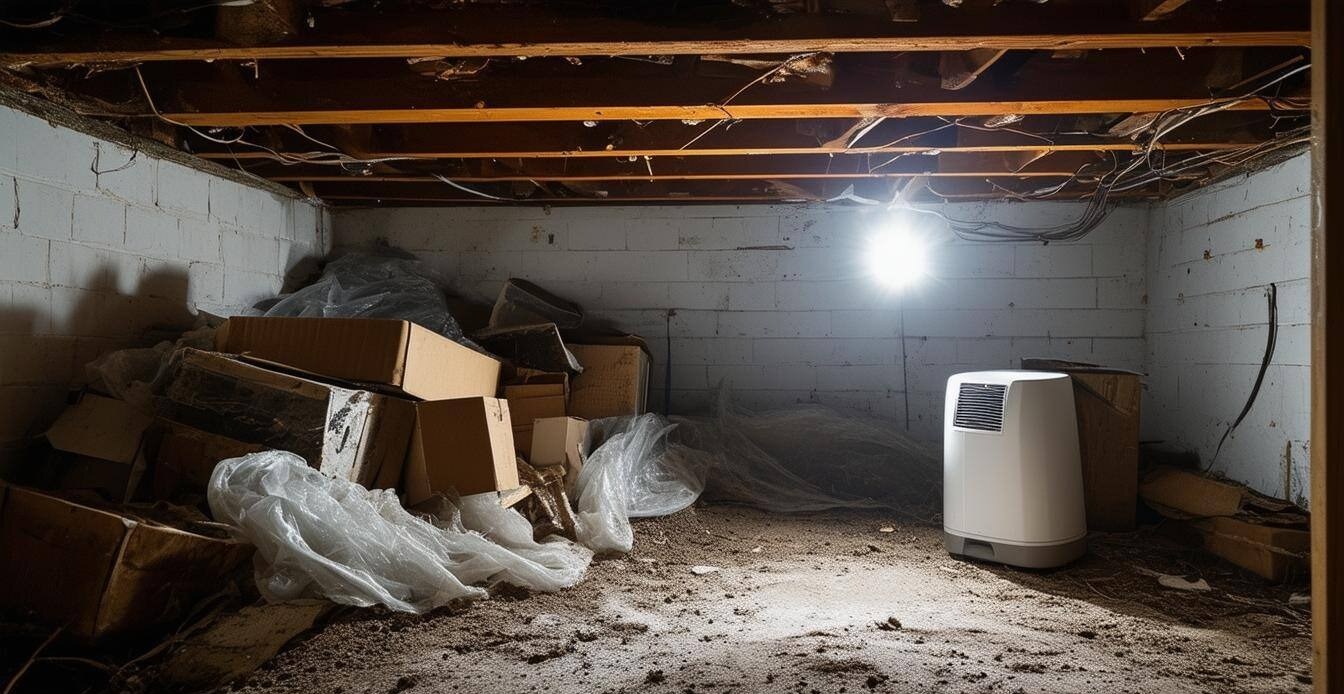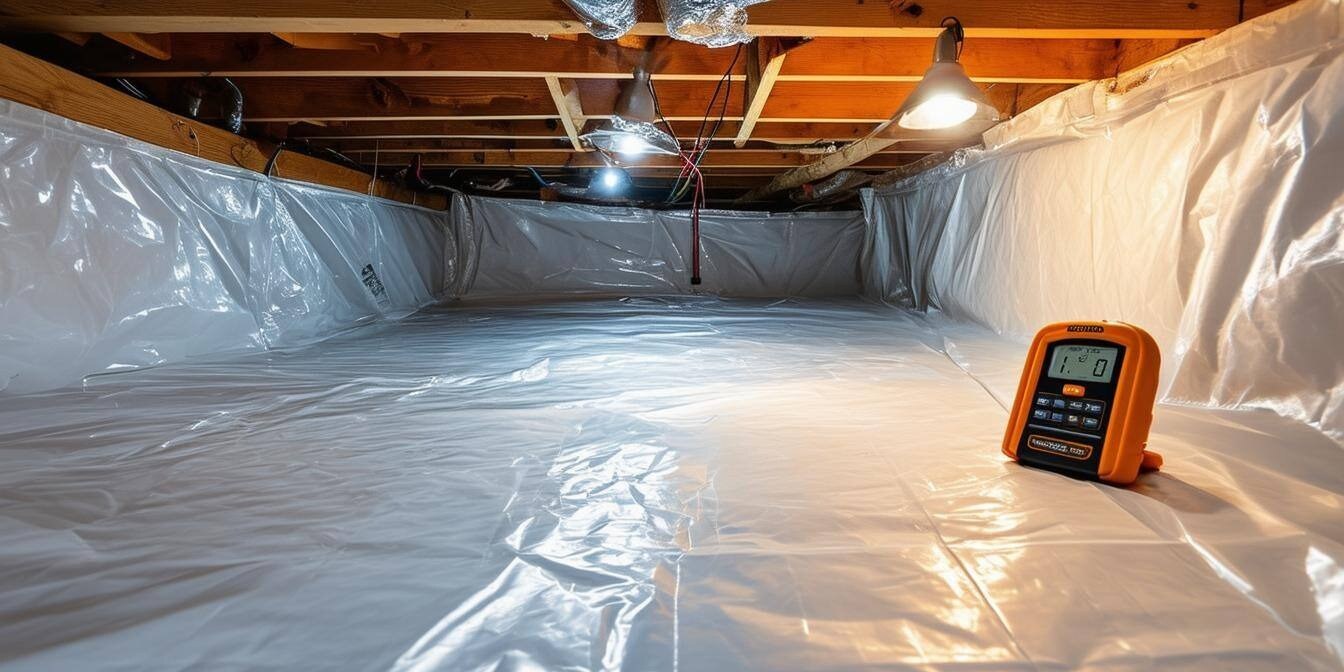Why a SolaWrap Greenhouse is More Dependable and Sturdier Than One Covered with 6 Mil Plastic Sheeting

When it comes to greenhouse coverings, growers and gardeners must carefully consider the durability, performance, and longevity of the materials they choose. A common comparison in the industry is between SolaWrap greenhouse covering and traditional 6 mil plastic sheeting. While both serve the purpose of creating a controlled environment for plant growth, the differences in design, strength, and reliability make SolaWrap the superior choice.
1. Structural Integrity: Strip System vs. Single Sheet
One of the key differentiators between SolaWrap and 6 mil plastic sheeting is how they are installed and supported. SolaWrap is built in strips that are held in place using an advanced extrusion system, whereas 6 mil plastic sheeting is typically installed as a single, large expanse.
Benefits of SolaWrap's Strip System:
-
Enhanced Stability: The extrusion system used with SolaWrap creates a secure attachment that evenly distributes stress, reducing the risk of tears and damage due to wind or heavy snow loads.
-
Easier Repairs: If a section of SolaWrap is damaged, it can be replaced without having to remove the entire covering, saving time and reducing costs.
-
Expansion and Contraction Resistance: SolaWrap’s strip-based design allows it to expand and contract naturally with temperature fluctuations, minimizing wear and tear.
Challenges with 6 Mil Plastic Sheeting:
-
Vulnerability to Wind: Because it is a single large piece, 6 mil plastic sheeting is prone to billowing and tearing under high winds.
-
Difficult Repairs: If one section of the sheeting is damaged, replacing it requires removing and reinstalling large portions of the covering.
-
Short Lifespan: Over time, exposure to the elements weakens the plastic, leading to frequent replacements.
2. Durability and Longevity
SolaWrap's unique construction and material properties provide unmatched durability compared to 6 mil plastic sheeting.
SolaWrap Durability Advantages:
-
UV Resistance: SolaWrap has been tested to last over 10 years in harsh UV environments, providing long-term value and reduced maintenance costs.
-
High-Tensile Strength: The material used in SolaWrap is engineered to withstand extreme weather conditions, including heavy snowfall and strong winds.
-
Bubble Technology: The air-filled bubbles within SolaWrap enhance insulation while also adding an extra layer of structural strength.
6 Mil Plastic Sheeting Weaknesses:
-
Limited UV Protection: Most 6 mil plastic sheeting options degrade quickly under sunlight, leading to brittleness and cracking within a few years.
-
Lower Tear Resistance: The thinness of 6 mil sheeting makes it susceptible to punctures and tears from environmental factors and accidental impacts.
-
Frequent Replacements: The average lifespan of 6 mil plastic sheeting is 1-3 years, necessitating regular replacement and adding to long-term costs.
3. Insulation and Energy Efficiency
Maintaining a consistent temperature within a greenhouse is critical for plant health and growth. SolaWrap outperforms 6 mil plastic sheeting in terms of insulation and energy efficiency.
SolaWrap Insulation Benefits:
-
Superior Thermal Performance: The built-in bubble design provides an R-value of 1.7, reducing heat loss and maintaining stable temperatures.
-
Reduced Heating Costs: With better insulation, growers spend less on energy to maintain the desired climate within the greenhouse.
-
Condensation Control: SolaWrap's structure minimizes condensation buildup, reducing the risk of mold and plant diseases.
6 Mil Plastic Sheeting Insulation Challenges:
-
Lower R-Value: With minimal insulation properties, 6 mil sheeting requires additional measures to maintain temperature control.
-
Increased Energy Consumption: More heating and cooling efforts are needed to compensate for heat loss.
-
Condensation Problems: 6 mil plastic can accumulate moisture, leading to potential plant health issues.
4. Light Diffusion and Plant Growth Optimization
Proper light diffusion is crucial for maximizing photosynthesis and ensuring even growth across all plants in the greenhouse.
SolaWrap Light Diffusion Advantages:
-
Uniform Light Distribution: SolaWrap diffuses light at an optimal angle, preventing hotspots and ensuring all plants receive consistent exposure.
-
Increased PAR Light Transmission: Photosynthetically Active Radiation (PAR) light transmission is optimized to encourage healthy growth.
-
Year-Round Productivity: By maximizing light efficiency, growers can achieve higher yields regardless of season.
6 Mil Plastic Sheeting Limitations:
-
Uneven Light Distribution: Direct sunlight can create hotspots and shaded areas, leading to uneven plant growth.
-
Limited PAR Transmission: Standard 6 mil sheeting often reduces the amount of usable light reaching plants.
-
Shorter Growing Seasons: Due to heat loss and uneven light distribution, productivity can be impacted during colder months.
5. Cost-Effectiveness and Return on Investment (ROI)
While the initial investment in SolaWrap may be higher, the long-term savings and benefits far outweigh the cost compared to 6 mil plastic sheeting.
SolaWrap's Long-Term Value:
-
Reduced Replacement Costs: With a lifespan of 10+ years, growers save money by avoiding frequent replacements.
-
Lower Energy Bills: Improved insulation leads to lower energy expenditures.
-
Enhanced Crop Yield: Optimal growing conditions contribute to higher productivity and profitability.
6 Mil Plastic's Short-Term Cost Savings:
-
Lower Initial Cost: 6 mil plastic sheeting is inexpensive upfront, making it appealing for short-term or budget-conscious projects.
-
High Long-Term Costs: Frequent replacements and increased energy bills lead to higher overall expenditures.
6. Environmental Impact and Sustainability
Sustainability is a growing concern among growers, and choosing a greenhouse covering that minimizes environmental impact is crucial.
SolaWrap's Eco-Friendly Features:
-
Long Lifespan: With its extended durability, less waste is generated compared to frequently replaced plastic sheeting.
-
Energy Efficiency: Lower energy consumption helps reduce the carbon footprint of greenhouse operations.
-
Recyclable Materials: SolaWrap is made from recyclable materials, contributing to a more sustainable growing environment.
Environmental Drawbacks of 6 Mil Plastic:
-
Frequent Waste Generation: Short lifespan results in more plastic waste ending up in landfills.
-
Higher Carbon Footprint: Increased energy usage and frequent replacement contribute to environmental degradation.
-
Limited Recycling Options: Many types of 6 mil plastic are not easily recyclable.
Conclusion: Why SolaWrap is the Best Choice
When considering all factors—from structural integrity and durability to insulation, light diffusion, and environmental impact—SolaWrap emerges as the clear winner over 6 mil plastic sheeting. Its innovative strip installation system, superior insulation properties, and long-term cost-effectiveness make it the ideal choice for growers looking to invest in a reliable, high-performance greenhouse covering.
By choosing SolaWrap, growers can enjoy:
-
Long-lasting protection against harsh weather conditions
-
Optimal growing conditions for higher yields
-
Significant savings on maintenance and energy costs
-
A sustainable solution that minimizes environmental impact
Ultimately, investing in SolaWrap means investing in the future of your greenhouse operation, ensuring robust performance and exceptional results for years to come.













